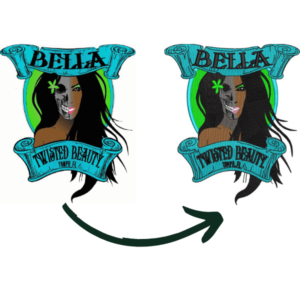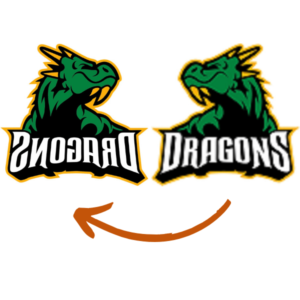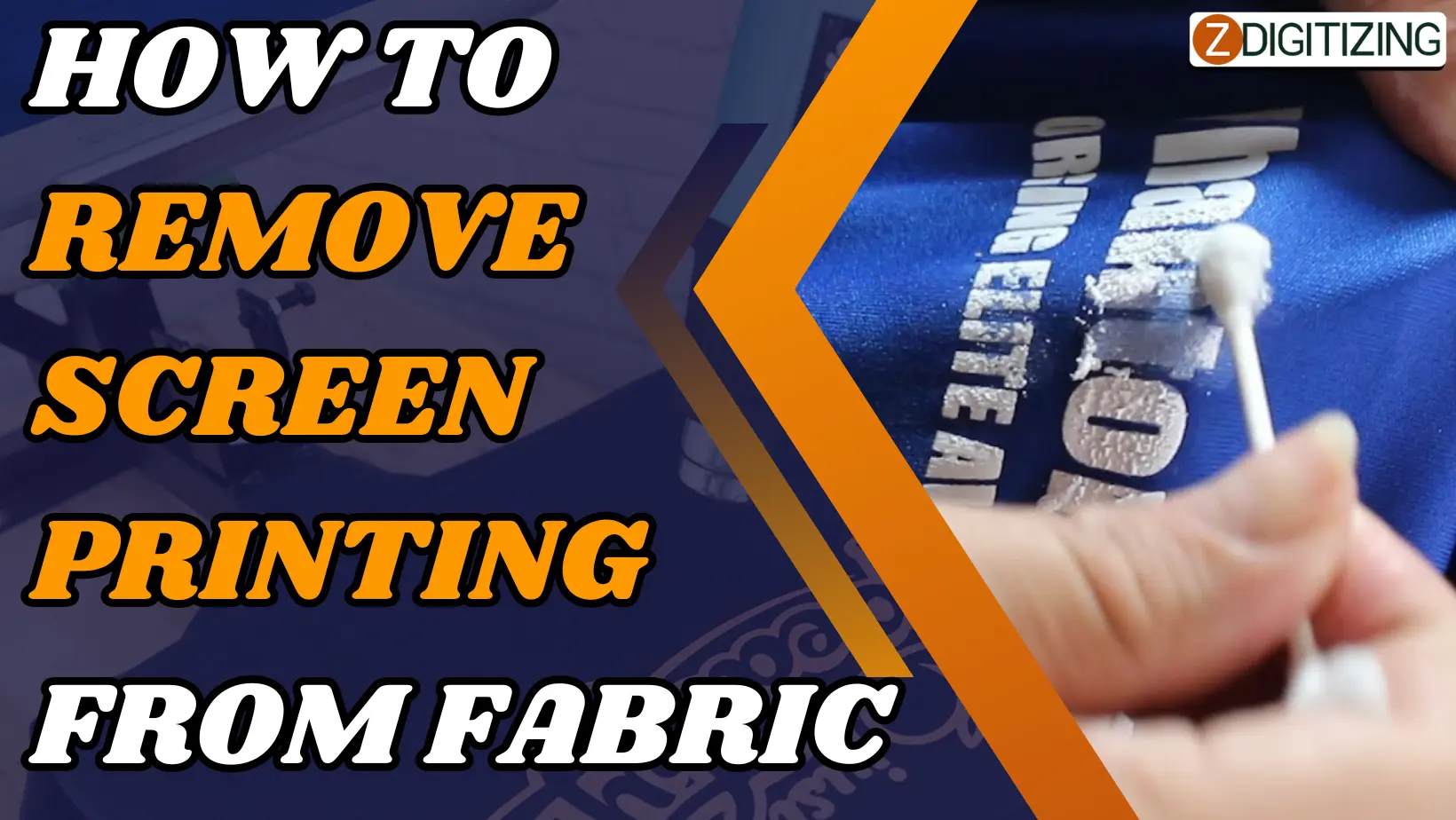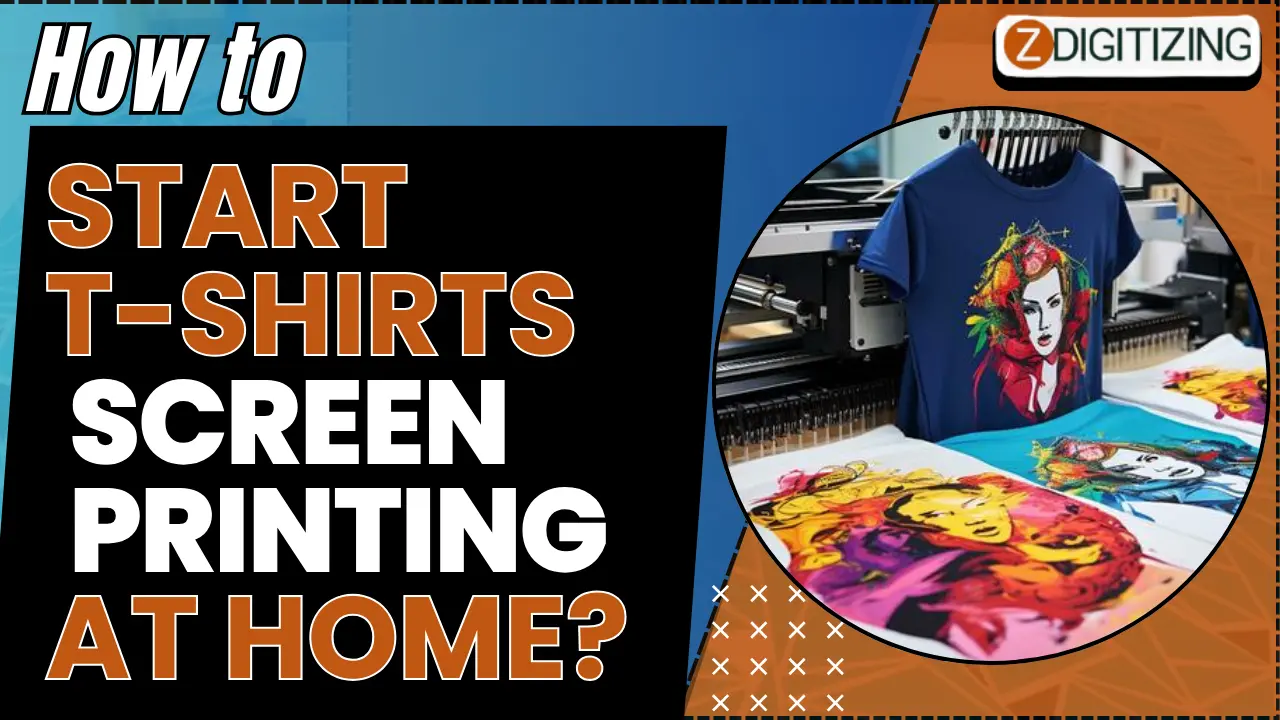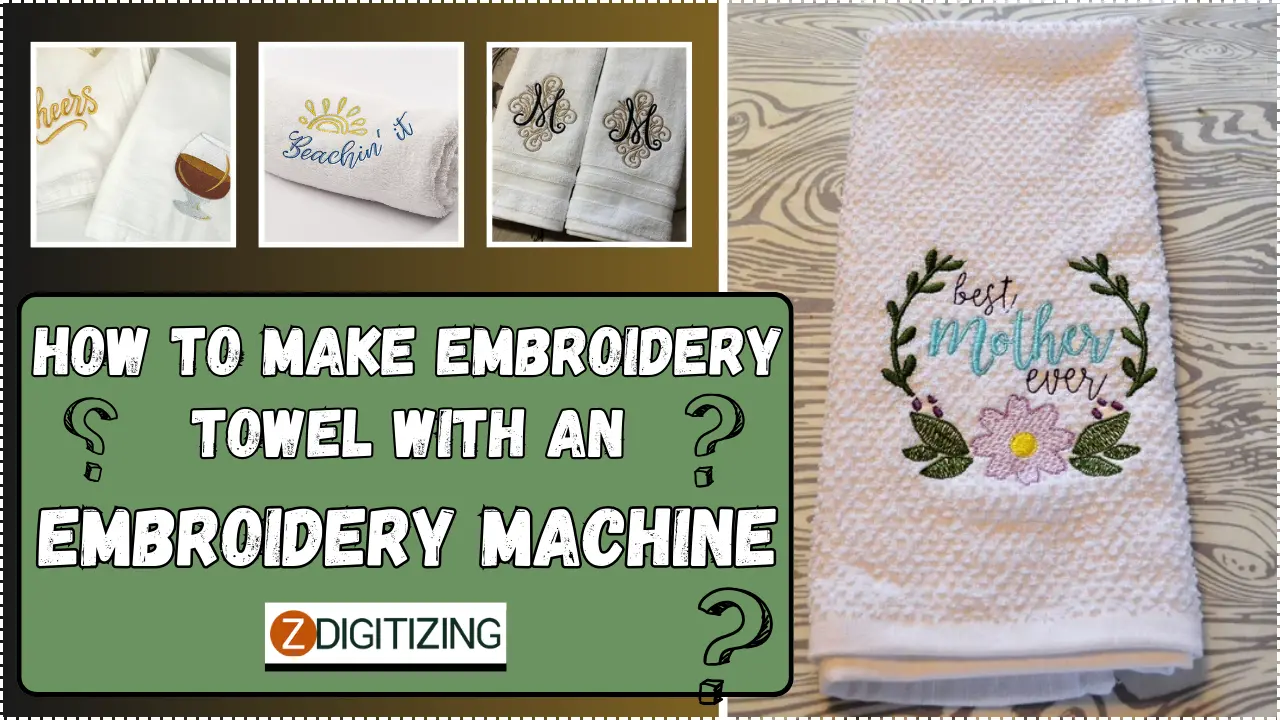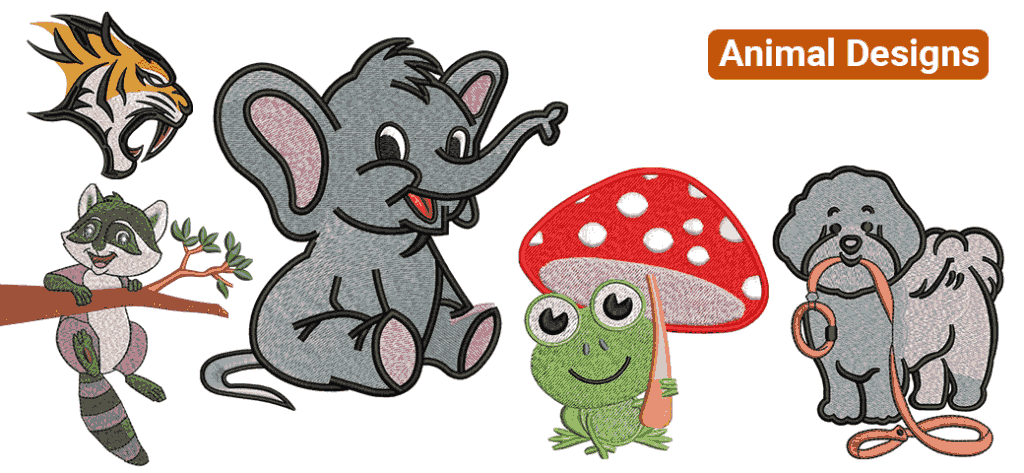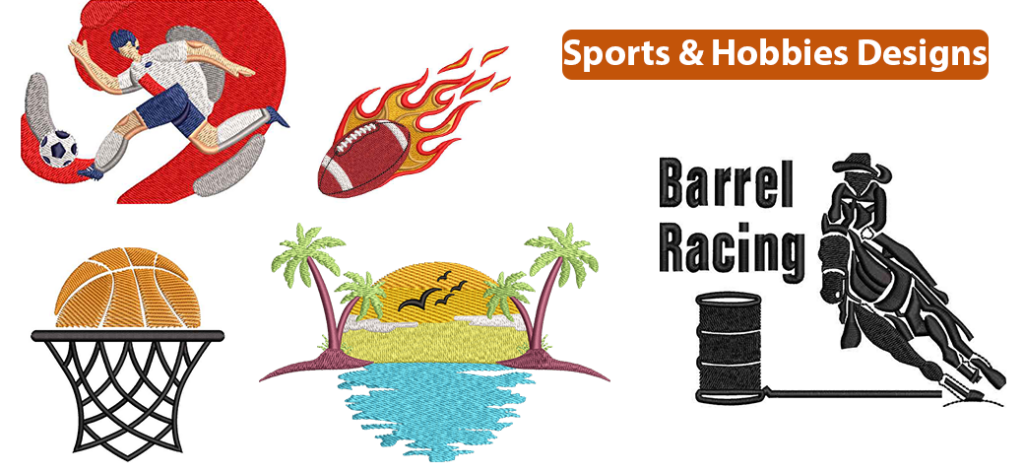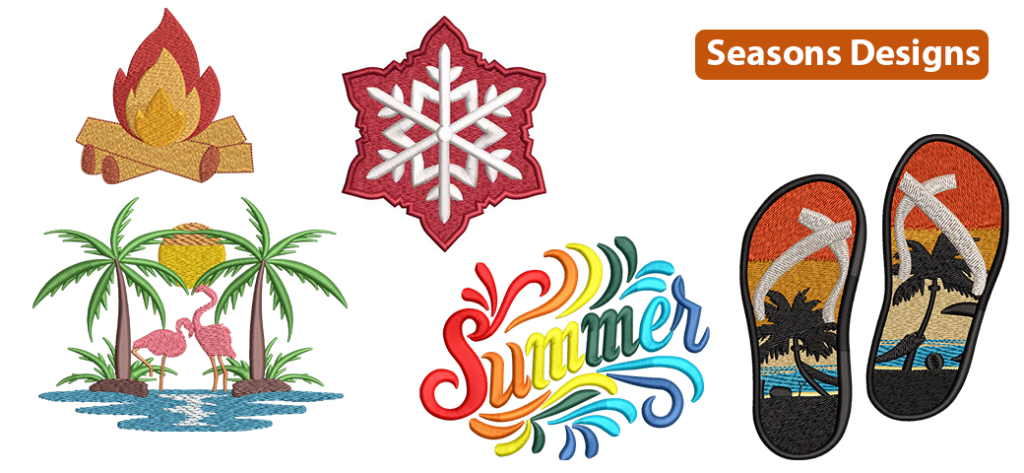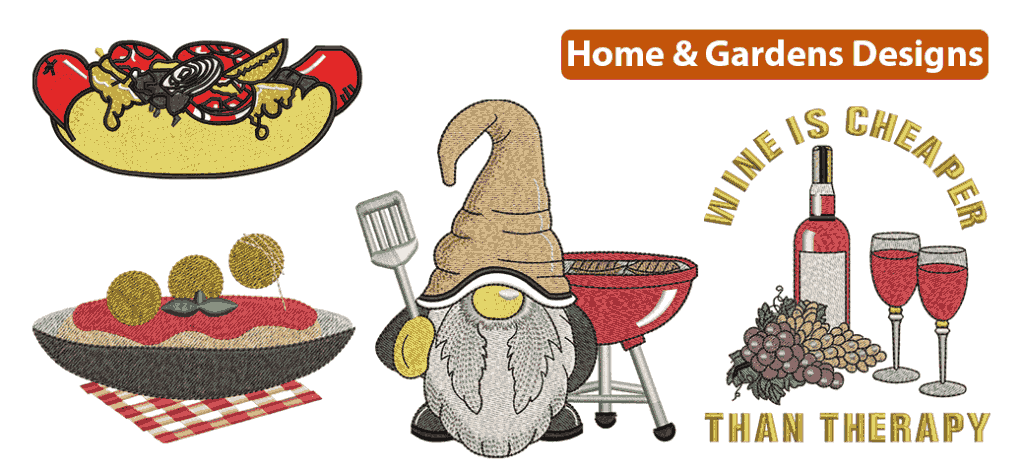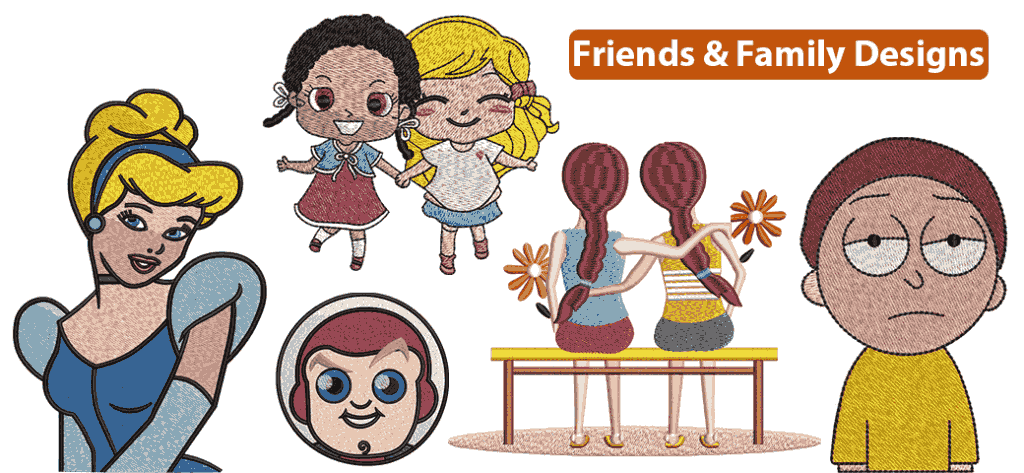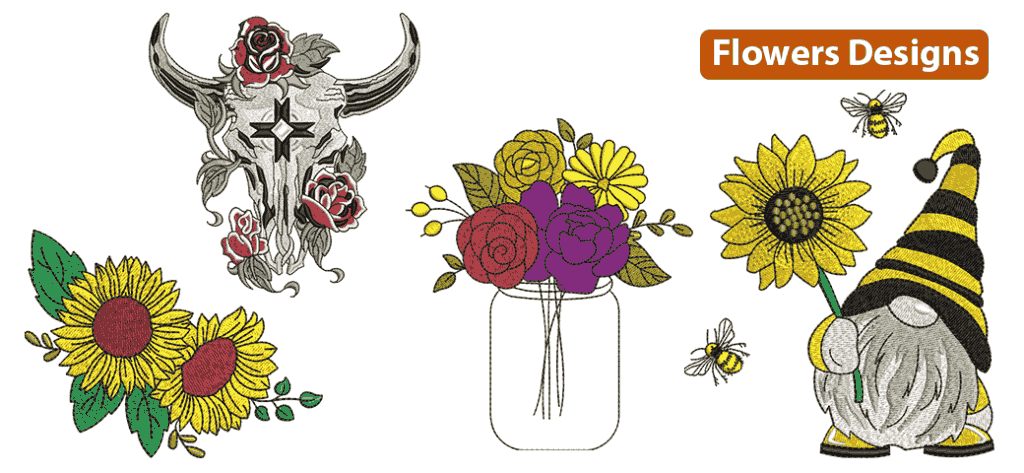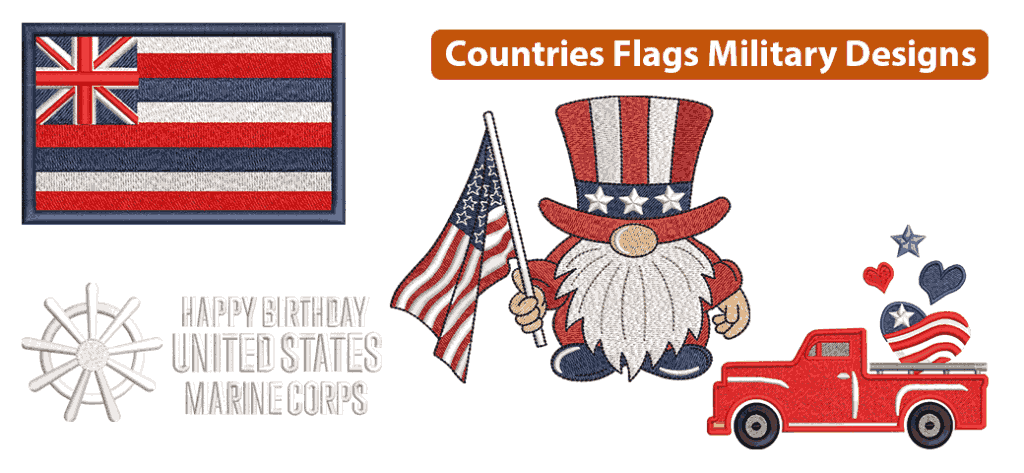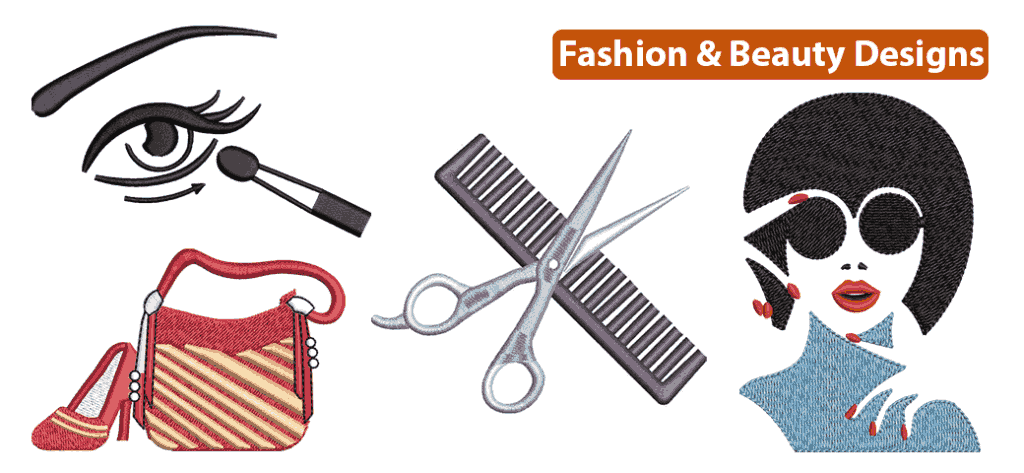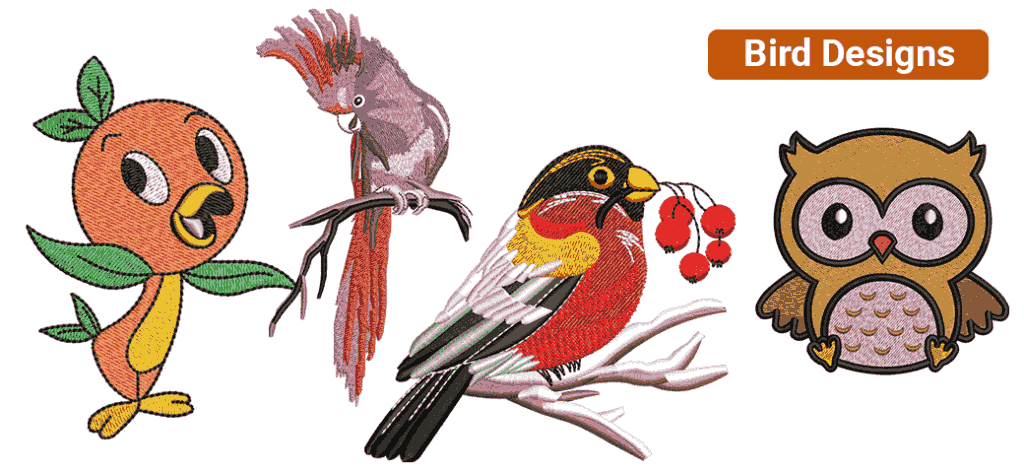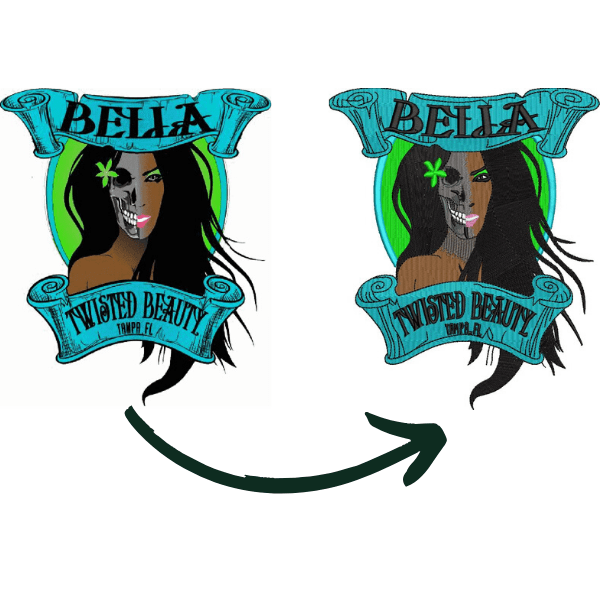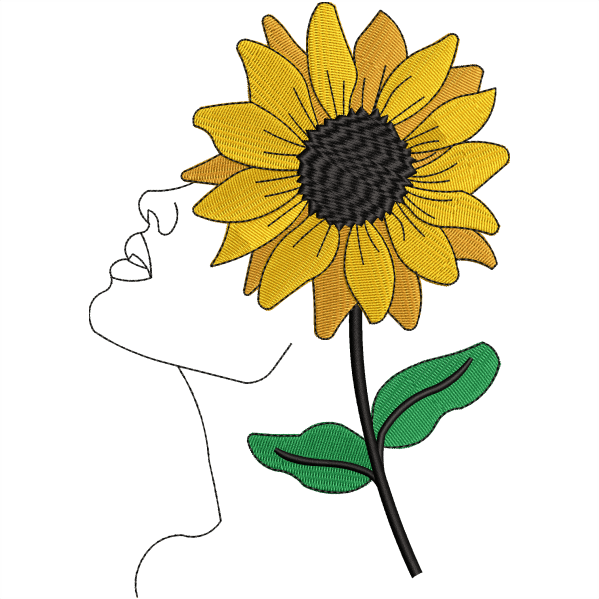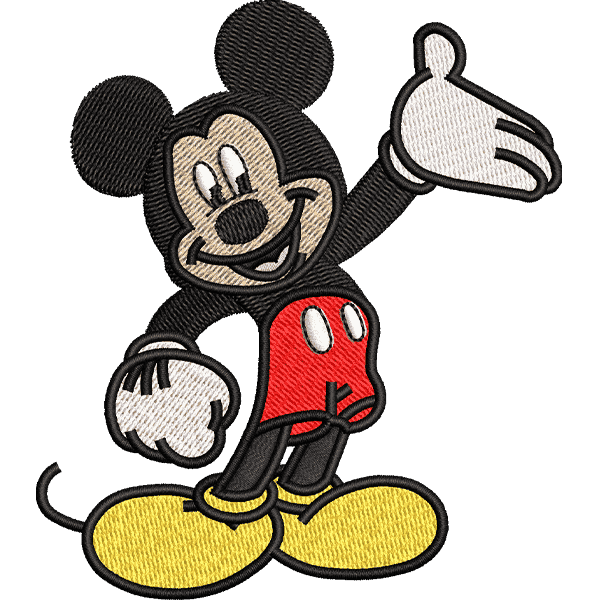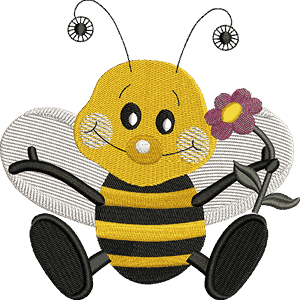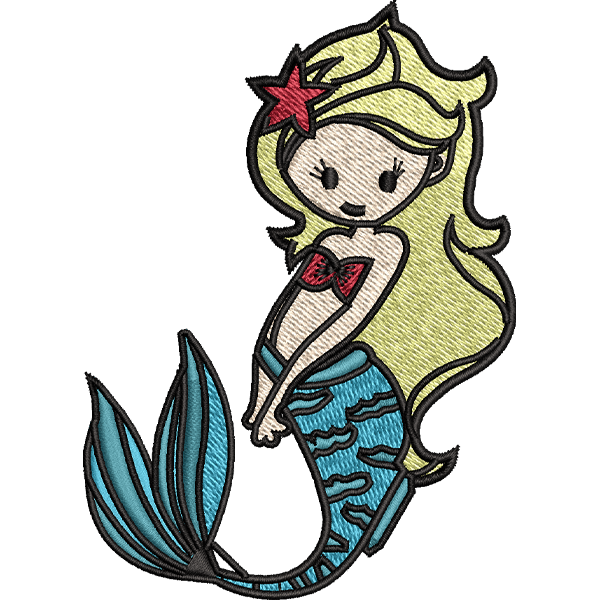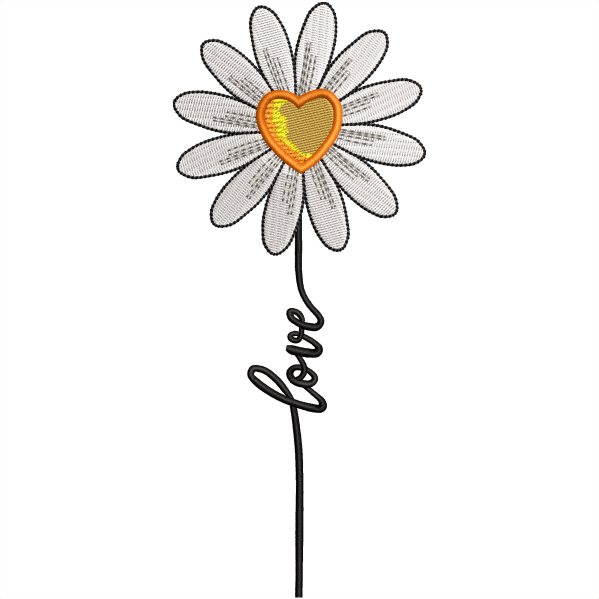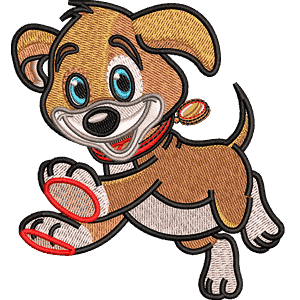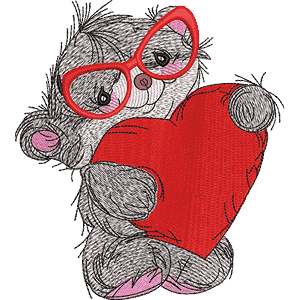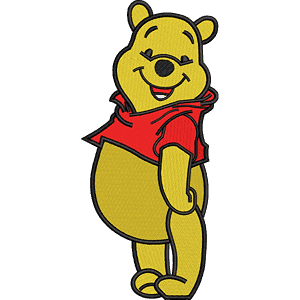Machine embroidery is a creative and fun way to add intricate designs, patterns, and lettering to various textiles using an embroidery machine.
Whether you have just acquired your first embroidery machine or are considering moving into this creative realm, this article will serve as your guide to the best machine embroidery projects for beginners.
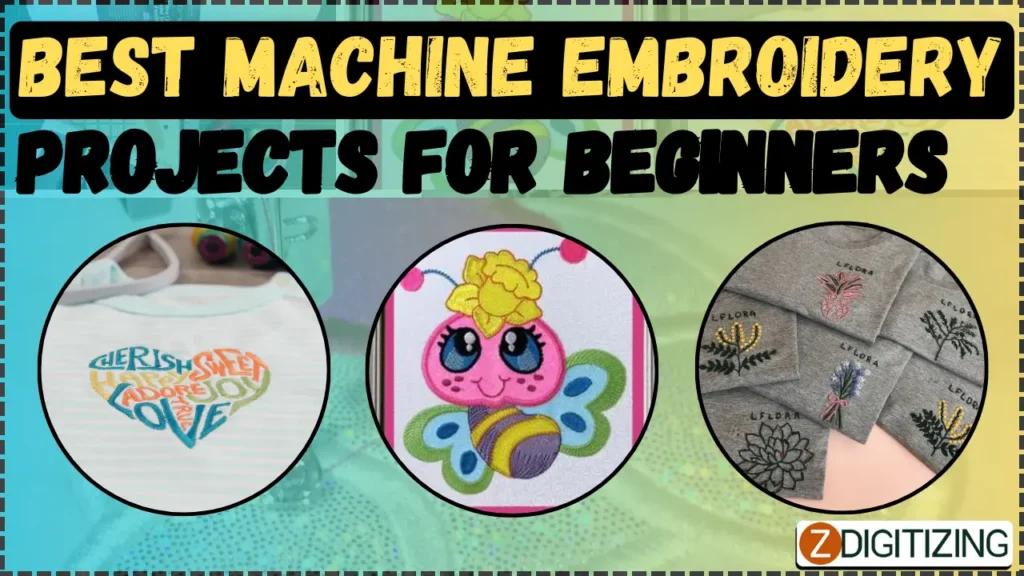
We will explore essential tools and materials, provide tips for selecting suitable designs, delve into basic embroidery techniques, showcase easy and quick projects, and offer insights into intermediate projects.
Best Machine Embroidery Projects For Beginners
Choosing the Right Machine Embroidery Projects for Beginners
There are some points you need to keep in mind to select the best machine embroidery designs for your project such as:
Exploring Design Formats for Machine Embroidery
There are several design formats compatible with embroidery machines, such as .dst, .pes, .exp, or .jef.
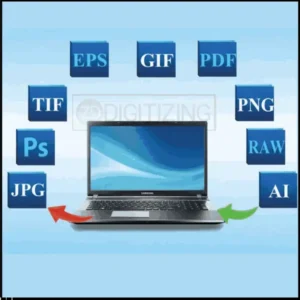
Familiarize yourself with the formats supported by your machine and choose designs accordingly. Some machines also allow you to convert designs from one format to another.
Where to Find Beginner-Friendly Embroidery Designs
Finding suitable designs for beginners can be overwhelming, but there are resources available. Online platforms like Zdigitizing, embroidery design websites, and even specialized embroidery forums offer a wide range of beginner-friendly designs.
Many of these designs come with detailed instructions and stitch guides to make the process easier.
Tips for Selecting Suitable Designs
When selecting designs, consider factors like stitch count, complexity, and size. Start with simpler designs that have fewer color changes and smaller dimensions.
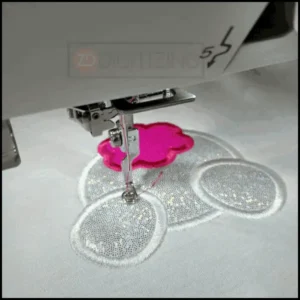
As you gain confidence and experience, you can gradually tackle more intricate projects. Don’t forget to choose designs that match your fabric and intended project, ensuring a cohesive and visually appealing outcome.
Essential Machine Embroidery Tools and Materials
There are some essential tools you must have:
Embroidery Machine
Choosing the right embroidery machine is crucial for beginners. Look for a machine that suits your needs and budget, offers user-friendly features, and provides good customer support.
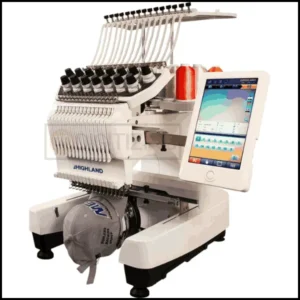
Research different brands and models, read reviews, and consider attending demonstrations or workshops to get a hands-on experience.
Machine Embroidery Threads and Needles
Embroidery threads come in various materials, such as cotton, polyester, silk, or rayon. Each type has its own characteristics and uses. It’s important to select the appropriate thread for your project for optimal results.
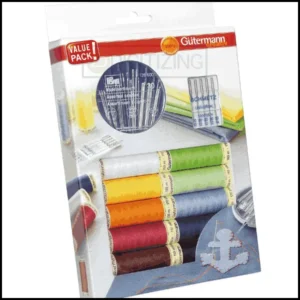
Similarly, using the correct needle, such as a ballpoint or sharp needle, can prevent fabric damage and ensure smooth stitching.
Other Essential Supplies for Machine Embroidery
In addition to an embroidery machine, threads, and needles, there are other essential supplies you’ll need.
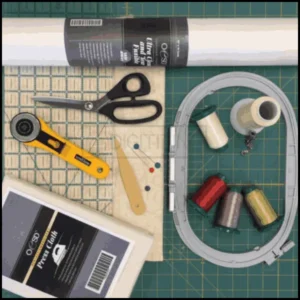
These include embroidery stabilizers to give support and prevent fabric puckering, embroidery hoops or frames to hold your fabric taut, and fabric marking tools for tracing or transferring designs onto fabric.
Easy and Quick Machine Embroidery Projects
There are some easy embroidery projects for beginners such as:
Embroidered Tea Towels
Give your kitchen a touch of personalized charm by embroidering tea towels. Choose simple designs or patterns and experiment with different thread colors to create unique and functional kitchen accessories.
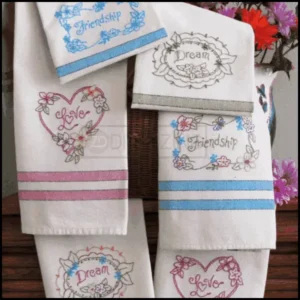
Personalized Onesies
Make adorable and personalized onesies for babies using machine embroidery. Add cute designs, monograms, or even funny phrases to create one-of-a-kind baby garments that make great gifts.
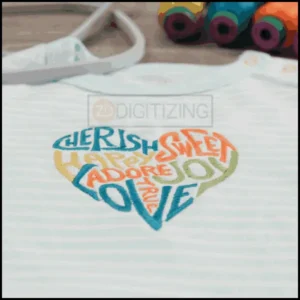
Monogrammed Handkerchiefs
Monogrammed handkerchiefs add a touch of elegance and sophistication. Choose delicate embroidery designs and monogram your initials onto handkerchiefs for a personalized gift or a stylish accessory.
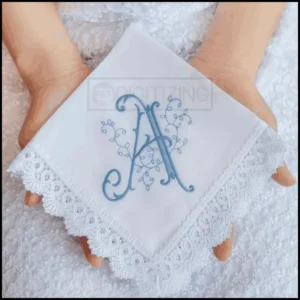
Embroidered Bags or Purses
Elevate your accessory game by embellishing bags or purses with machine embroidery. Whether it’s a tote, a clutch, or a backpack, the possibilities are endless. Let your creativity shine and turn an ordinary bag into a unique statement piece.
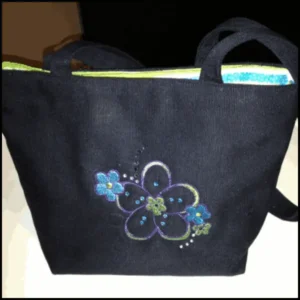
Personalized Towels
This project is excellent for practicing skills like hooping and placement. Use a tear-away stabilizer and a simple monogram or design to add a personal touch to your towels.
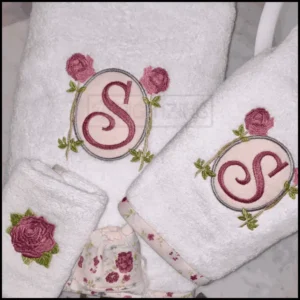
Custom T-Shirts
T-shirts are a fun way to showcase your embroidery skills. For stretchy fabrics like those in t-shirts, a cut-away stabilizer is recommended. Start with a simple, less dense design to avoid puckering.
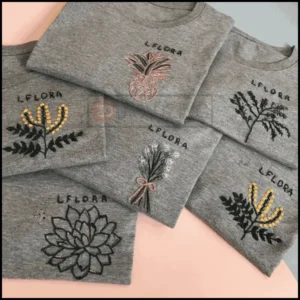
Decorative Pillow Covers
Pillows offer a larger canvas to work with and can be a great way to practice various stitches and thread colors. Ensure you use a stabilizer that can support your fabric type and design size.
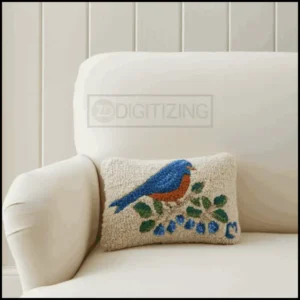
Embroidered Patches
Patches are versatile and can be attached to various items. They are an excellent way to practice small, detailed designs. Use a heavy cut-away stabilizer for best results.
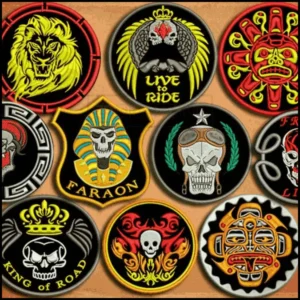
Framed Embroidery Art
Create a piece of art by framing your embroidery. This project allows you to experiment with different stitches, threads, and fabric types, and the final product can be a great addition to your home décor.
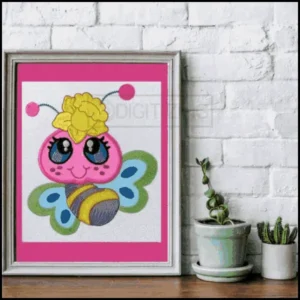
Basic Machine Embroidery Techniques
Some basic techniques used in machine embroidery you should understand:
Hooping and Stabilizing Fabric
Proper hooping and stabilizing of fabric are crucial for successful embroidery. Hooping ensures the fabric remains taut and wrinkle-free during stitching, while stabilizers provide support and prevent distortion.
Experiment with different hoop sizes and stabilizer types to find the best combination for your project.
Thread Tension and Stitch Length
Achieving the right thread tension and stitch length is essential for a clean and professional finish. Follow your machine’s manual to adjust the tension settings, and test on scrap fabric before starting your project.
Similarly, experiment with different stitch lengths to achieve the desired effect and ensure proper coverage and detail in your embroidery.
Understanding Different Embroidery Stitches
Familiarize yourself with various embroidery stitches, such as satin stitch, running stitch, or fill stitch. Each stitch serves a different purpose and can add unique textures and effects to your designs.
Practice different stitches on scrap fabrics to improve your technique and gain confidence in creating diverse embroidery styles.
Conclusion
Don’t be afraid to experiment and try new things. The beauty of machine embroidery is that it allows for endless creativity.
Join online forums or social media groups to connect with fellow embroidery enthusiasts and learn from their experiences. Remember, practice makes perfect, so keep stitching and have fun with your newfound embroidery skills!
ZDigitizing: The Best Choice for Embroidery Digitizing Services
Looking for outstanding embroidery digitizing services? Your search ends with ZDigitizing, your go-to source for exceptional quality in embroidery digitizing and vector art services. We cater to both embroidery and printing needs and ensure your designs are perfectly digitized every time.
And guess what? Our prices are super affordable. Plus, right now, we’re giving a 50% discount on your first order!
Just chat with us, and we’ll give you a free quote in just 5 minutes. We’re all about making things easy and quick for you.
Found this article helpful?
Share it with friends and spread the word about our incredible services and discounts. It’s a chance for everyone to experience top-notch digitizing services.
Thanks for reading, and we look forward to enhancing your embroidery experience!
Frequently Asked Questions:
Embroidery machines enable you to create a wide range of projects such as personalized clothing, monogrammed towels, decorative pillow covers, custom patches, and intricate wall art.
Embroidery machines can produce detailed and intricate designs on various items including apparel, home decor, accessories like hats and bags, and even create unique art pieces.
Machine embroidery works well on a variety of materials including cotton, polyester, silk, denim, and canvas, offering flexibility in your choice of projects.
Very thin, highly stretchable, or overly dense materials like thin vinyl, rubber, and thick leather can be challenging for machine embroidery due to potential damage or distortion during the embroidery process.

